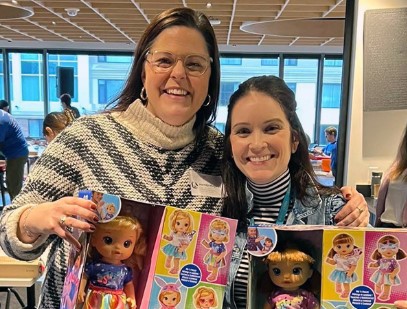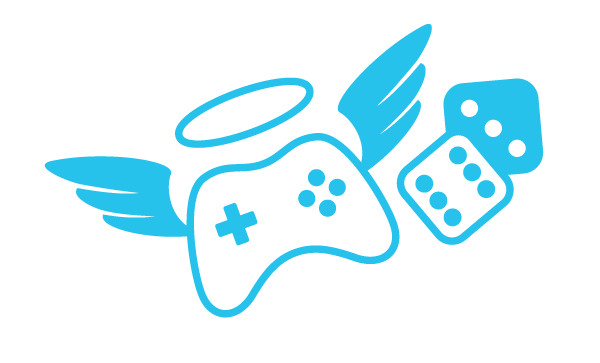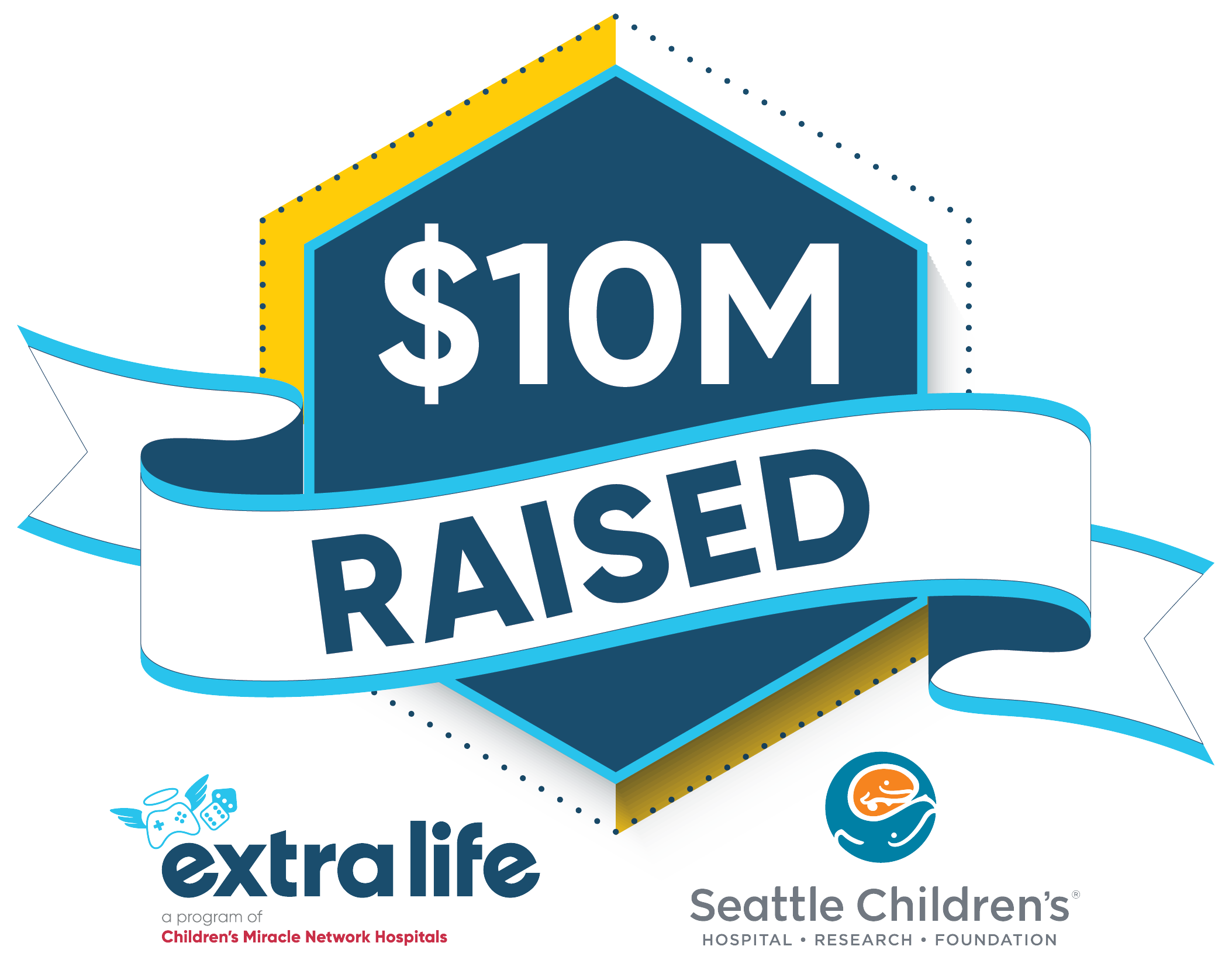New Initiative at Seattle Children’s Aims to Prevent Youth Suicide
September 6 – 12, 2020 is National Suicide Prevention Awareness Week. Suicide is a global public health problem and the second-leading cause of death for youth ages 10 to 24. On average, nearly four Washington youths died by suicide and two youths were hospitalized because of intentional self-injuries or suicide attempts every week in 2017. Learn more about what Seattle Children’s is doing to combat this issue.

A teenage boy arrives at Seattle Children’s Emergency Department (ED) with an increased heart rate. His parents are scared and unsure of what could be causing their son’s pulse to spike. While the nurse takes the patient’s vitals, she asks him a series of questions about suicide — prompting the patient to share that he tried to overdose on prescription medication the night before. The nurse informs the provider, and an immediate plan is set in motion to further assess not only the patient’s physical health, but his mental health, as well.
A 10-year-old girl enters the ED with a sprained elbow after taking a tumble on the soccer field. Her parents have been taking her to therapy to help with her anxiety, and the therapist communicates his findings with them often. Because she is so young, the therapist has never directly asked the patient if she’s ever had suicidal thoughts. After the ED nurse initiates suicide-screening questions, the girl admits that she has had thoughts about harming herself in the past. Prior to discharging the patient, a mental health evaluator shares resources and information about suicide with the family, and the provider contacts the patient’s therapist and asks the girl’s suicidal thoughts be addressed in their next appointment.
These are just two stories of more than 500 children who screened positive for suicide risk in Seattle Children’s ED and inpatient settings over a six month period who presented for concerns unrelated to their mental health. These crucial “catches” were made with help from a new clinical pathway known as Seattle Children’s Zero Suicide Initiative (ZSI), a universal screening method to help identify and treat youth at risk of suicide.
ASQing the right questions
Suicide is a global public health problem and the second-leading cause of death for youth ages 10 to 24. On average, nearly four Washington youths died by suicide and two youths were hospitalized because of intentional self-injuries or suicide attempts every week in 2017.
“Because of the alarming statistics for children, and the fact that suicide risk is both under-identified and under-reported, we knew as healthcare providers that we were responsible for change,” said Dr. Molly Adrian, Seattle Children’s psychologist and co-leader of the ZSI team. “Early detection of suicidal thoughts is critical to preventing youth suicide. So, we implemented the pathway to ensure our patients are asked about their risk and that we follow-up accordingly.”
The pathway incorporates the National Institute of Mental Health’s (NIMH) Ask Suicide-Screening Questions (ASQ) — a brief, five-question screening by intake nurses that assesses if patients ages 10 and up are currently having or have recently had suicidal thoughts.
A “yes” response to any of the five questions is considered a positive screen for suicidality, and all positive screens are categorized as acute/active (currently having suicidal thoughts) or non-acute/passive (have had suicidal thoughts in the past).
While Seattle Children’s began screening ED patients with mental health-related complaints in May 2017, patients who presented with medical complaints like broken bones or stomach aches were not screened.
After several years of research, planning and collaboration with multi-disciplinary stakeholders across Seattle Children’s, NIMH and other children’s hospitals across the United States using similar screenings, the ZSI team launched its pathway in March 2019. Since then, more than 5,000 patients presenting for non-psychiatric complaints in the ED and inpatient settings have been screened.
“As a children’s hospital, we should be caring for the whole child,” said Dr. Lori Rutman, Emergency Department physician and member of the ZSI team. “If we’re not addressing all aspects of our patients’ health, including their mental health, then we’re not truly caring for kids to the best of our ability.”
Read more about finding comfort in difficult conversations and how Seattle Children’s is looking ahead On the Pulse.
If you or a loved one is having thoughts of suicide, please call the National Suicide Prevention Lifeline (800-273-8255) or text the Crisis Text Line (text “HOME” to 741741) for immediate, confidential support — 24 hours a day, 7 days a week.





